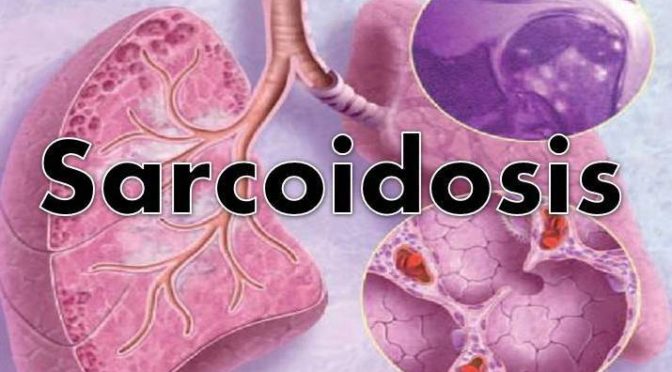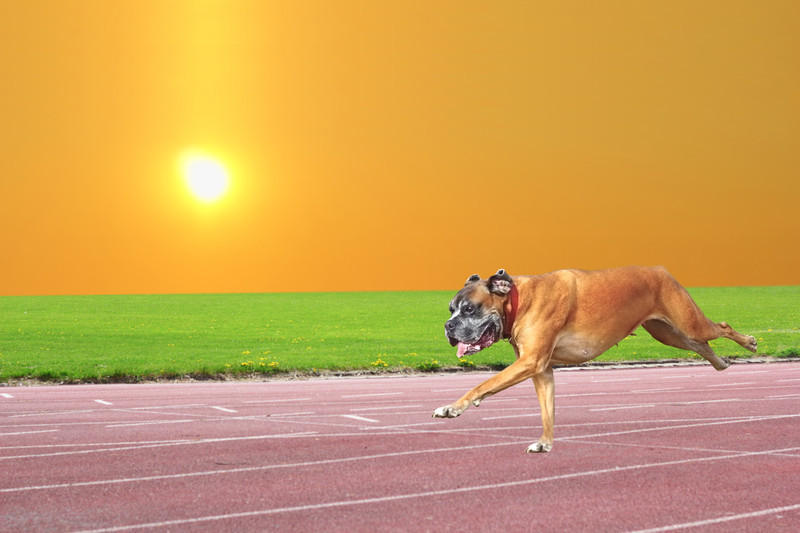Overheated dog: Dogs are man’s (and woman’s) best friend for sure which often means that we think they can do everything that we do. Unfortunately, this is not the case when it comes to tolerating the heat. In the summer months especially, it is important to be aware of the heat that your pup is exposed to and the risk it can pose to their health.
Overheated Dog and Heat Strokes
How do you know if your dog is having a heat stroke?
If your dog is having a heat stroke, they will be panting and displaying other signs of discomfort. It is important to note that the dog won’t just be panting as they normally would, they will be doing so dramatically and showing other distress signs as well.
Cooling Down An Overheated Dog?
So, your dog is overheated and you are panicked and trying to help them. The best thing to do is to get them out of the hot environment immediately, no matter the cost. This could mean cutting your trip to the beach a little short, but it is essential to your dog’s health. If your dog is unconscious, it is incredibly important to make sure that no water gets in the dog’s nose while you are going through these steps.
It may be tempting to give your dog a traditional medication like aspirin but professionals advise against doing this as it can lead to other problems down the road.
What Is The Fastest Way To Cool Down An Overheated dog?
If you can, you should get your dog to a bathtub and run a cool (NOT freezing cold) shower over them, focusing on the head and neck areas. This is the fastest way to lower the body temperature.
If you can’t get your pup inside, a garden hose and some kind of bowl/pool to catch the water in will work the same.
You can also try methods such as applying cold presses to the dog’s neck after the bath. A few other little things to try include rubbing the pup’s legs to increase circulation and letting them indulge in as much cold water as they want. Professionals suggest adding a pinch of salt to their water as this will help replace minerals lost during the time when the dog was overheated.
Preventive Measures
Luckily for dog owners, there are preventative measures that we can take to ensure that our pup does not get overheated. These include being aware of your pup’s physical state at all times as well as carrying plenty of water for your dog at all times and wearing a cooling cape. Don’t take your dog along for your adventure if you know that the temperatures will make the dog uncomfortable and/or there is not a lot of shade. 








